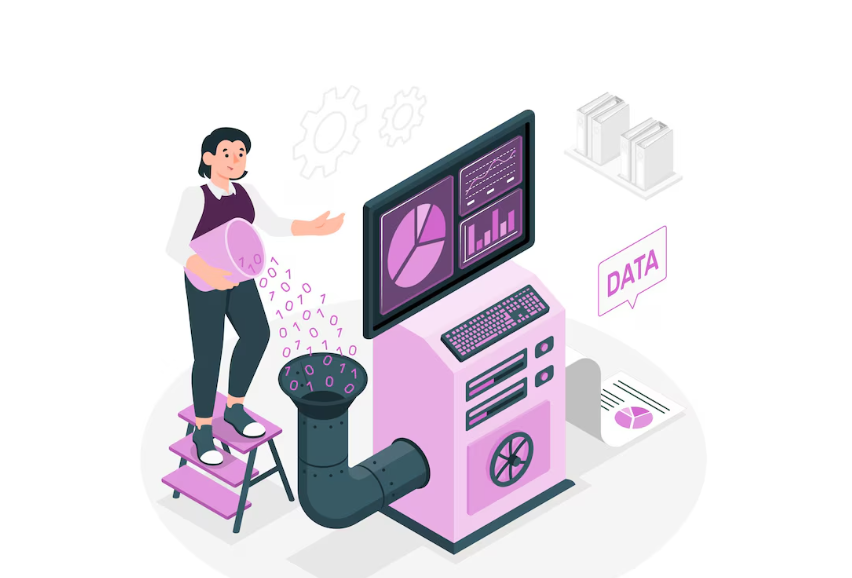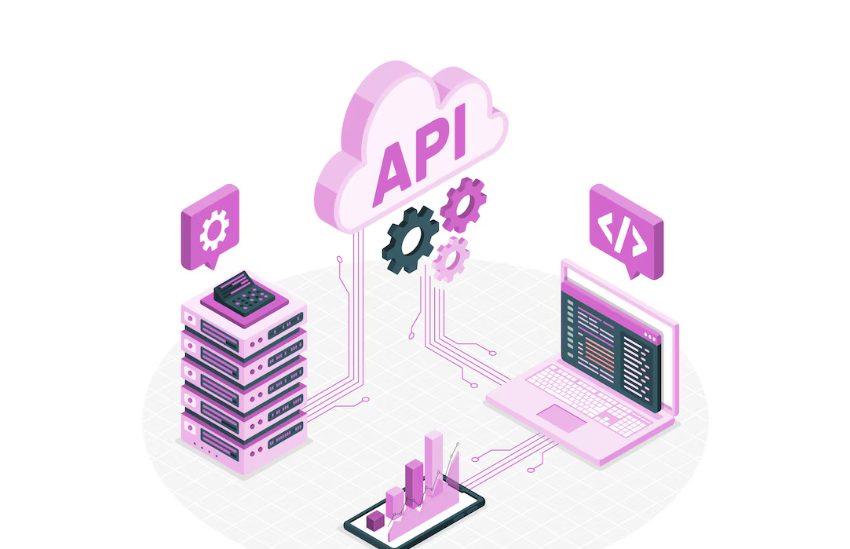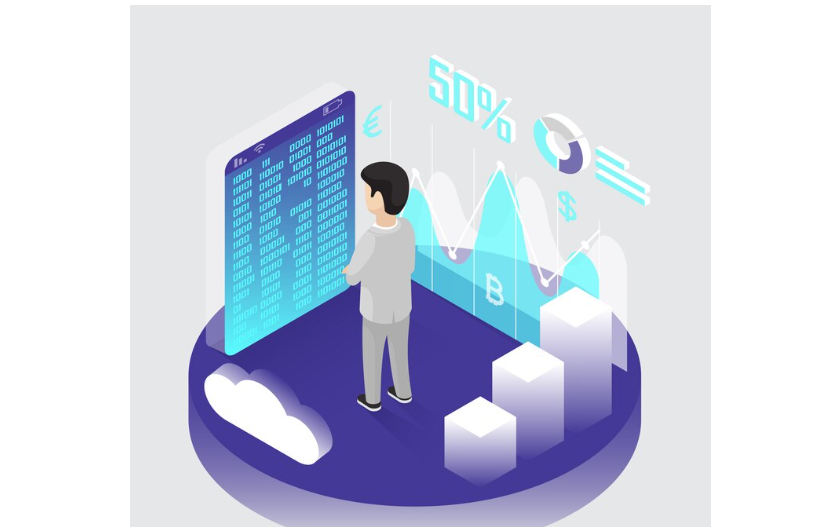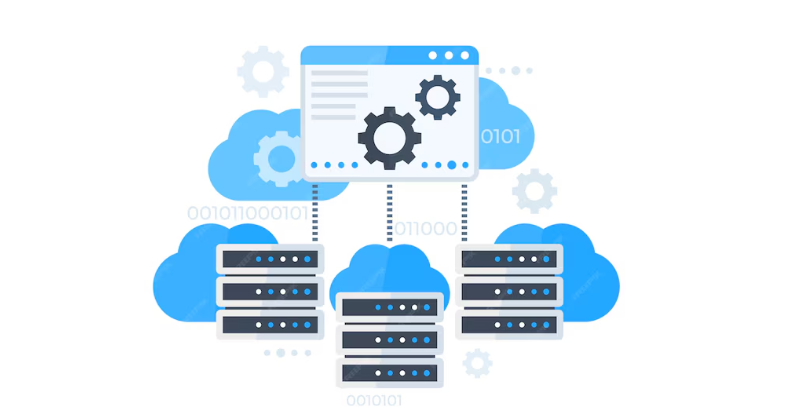What is big data, and how does it influence software solutions? Big data is the collection, analysis, and mining of structured, semi-structured, and unstructured data by companies to extract insights and information. Predictive modeling, machine learning initiatives, and other advanced analytics use it.
Big data processing and storage systems are already a standard part of data management architectures in businesses. They are paired with tools that facilitate the application of big data analytics.
- Big data systems are often used to store a vast array of data kinds.
- The rapid rate of data generation, collection, and processing.
Big data deployments frequently involve terabytes, petabytes, and even exabytes of data points created and gathered over time, even if the term “big data” doesn’t correspond to any particular number of data.
Why Is Big Data Important?
Big data is used by businesses to enhance operational effectiveness, enhance customer service, and develop tailored marketing campaigns. They also take other steps that can boost sales and profits. Because they can make decisions more quickly and intelligently, companies that successfully use big data may have a competitive edge over those that don’t.
Big data, for instance, gives businesses insightful information about their clients that they can utilize to improve their marketing, promotions, and advertising to boost customer engagement and conversion rates. Businesses can become more responsive to the requirements and desires of their customers by analyzing both historical and current data to evaluate how consumer or corporate purchasers’ preferences are changing.
Big data is used by medical researchers to find risk factors and illness indicators. Physicians utilize it to assist in the diagnosis of patients’ diseases and ailments. Additionally, healthcare institutions and government agencies have access to the most recent information on infectious disease outbreaks and risks because of a combination of data from social media, the internet, electronic health records, and other sources.
How Organizations Used Big Data?
Here are some other instances of big data usage by businesses across a range of industries:
- Manufacturers and transportation companies rely on big data to manage their supply chains and optimize delivery routes.
- Government agencies use bug data for emergency response, crime prevention, and smart city initiatives.
- Oil and gas businesses use big data to track pipeline operations and find possible drilling locations. It is also used by utilities to monitor electrical networks.
- Big data platforms are used by financial services companies for real-time market data analysis and risk management.
Big Data Benefits
Correct usage and management of massive data quantities can help organizations in several ways, including the following. This section is very important for getting in-depth knowledge about what is big data, and how does it influence software solutions.
Improved judgment. Big data can provide a business with valuable insights, dangers, patterns, or trends. Large data sets are intended to be thorough and contain all the information required by the company to make better judgments. Business executives may swiftly make data-driven decisions that affect their companies with the use of big data analytics.
Improved market and customer insights. Big data covering consumer behavior and market trends provides an organization with critical insights to address the needs of its Target audiences. This kind of understanding is very useful when making judgments about product development.
Savings. Businesses can use big data to identify areas where they might improve operational efficiency. Big data research on a company’s energy consumption, for instance, can make it more efficient.
Favorable social impact. Big data can be used to find problems that can be solved, such as addressing poverty in a particular area or enhancing healthcare.
What Is The Characteristics of big data?
Beyond the initial three V’s, big data is frequently linked to additional ones. Among them are:
Truthfulness
The degree of correctness and dependability of data sets is referred to as veracity. It may be challenging to identify problems with data quality caused by raw data gathered from multiple sources. Bad data causes analysis errors that can reduce the value of business analytics initiatives if it is not corrected through data cleansing procedures. Teams in charge of data management and analytics must also make sure they have access to enough reliable data to provide reliable findings.
Worth
Some data scientists and consultants also offer value to the list of big data’s qualities. Not every piece of information gathered has actual economic worth or advantages. Therefore, before using data in big data analytics initiatives, firms must make sure that information is related to pertinent business challenges.
Fluctuation
Big data sets that may have various interpretations or be presented differently in different data sources are frequently subject to variability. These elements may make big data analytics and management more difficult.
How Big Data Management Technologies Work?
The majority of big data architectures were initially built around Hadoop, an open-source distributed processing framework that was first made available in 2006. MapReduce, the Hadoop engine, was pushed farther to the side by the emergence of Spark and other processing engines. The end effect is an ecosystem of big data technologies that are frequently implemented in tandem, albeit they can be utilized for a variety of purposes.
IT companies offer big data platforms and managed services that incorporate many of those technologies in a single package, primarily for use in the cloud. Beyond Hadoop and Spark, there are more tools available for companies who wish to implement big data systems themselves, either on-site or in the cloud. The following tool categories are among them:
- Storage facilities.
- Frameworks for cluster management.
- Engines for stream processing.
- NoSQL databases.
- platforms for data lakes and data warehouses.
- SQL query engines.
In Conclusion
The size of enormous data sets is increasing, making it harder for humans to examine them effectively. Large-scale analyses and even preparatory chores like data set purification and preprocessing are increasingly being performed using AI and machine learning methods. In this regard, automated machine learning tools are probably useful. You can also add up any extra points through the comment section about what is big data, and how does it influence software solutions let us know what you are thinking of.




